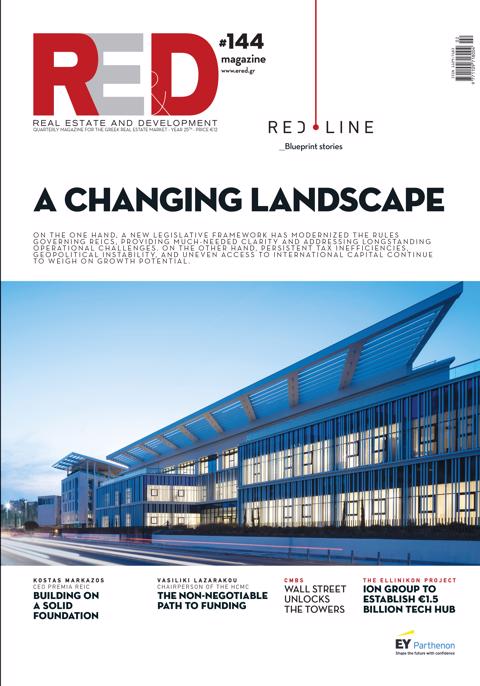As noted, housing prices are widely considered overvalued, while industrial properties have seen a decline in value. Key drivers of growth include strong demand from foreign investors for residential real estate, a surge in tourism, and the revitalization of urban areas. However, legislative uncertainty, rising construction costs, and the ongoing shortage of affordable housing continue to present significant challenges.
Building regulations remain a key factor influencing permit approvals and overall activity in the construction sector, further amplifying market uncertainty. Meanwhile, attracting new institutional international investors and enabling large-scale acquisitions through lower capital costs remain crucial to sustaining momentum.
The issue of affordable housing remains particularly acute, as the average Greek household struggles to keep pace with the ongoing rise in housing costs.

While the market remains generally resilient, there are already early signs of pressure emerging in certain property segments. Over the next six months, a positive outlook is expected for hotels, holiday homes, and office spaces, whereas industrial properties, retail stores, and short-term rental assets may underperform.
This optimistic forecast is supported by the stability of the political and economic environment, strong demand from foreign investors, and the advancement of major development projects. Nevertheless, key challenges persist, including high construction costs, regulatory uncertainty—particularly surrounding the provisions of the New Building Code (NOK)—and a shortage of labor, especially skilled tradespeople.
Mr. Lefteris Sikalidis, Chairman of the Real Estate & Development Committee of the American-Hellenic Chamber of Commerce, stated:
"The Real Estate & Development Committee presents a balanced and well-documented assessment of the market. Despite its strong momentum, the sector must navigate between growth opportunities and persistent challenges such as cost and availability. This report offers a realistic picture and outlook for the second half of 2025, serving as a reliable reference for the sector’s trajectory and a valuable tool for informed decision-making."















